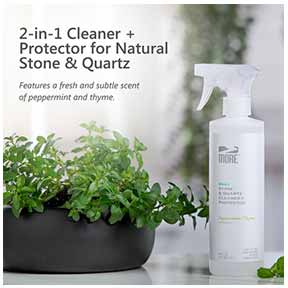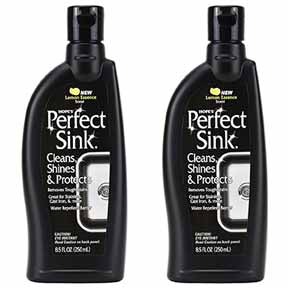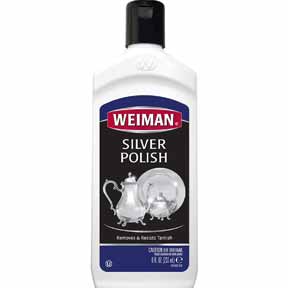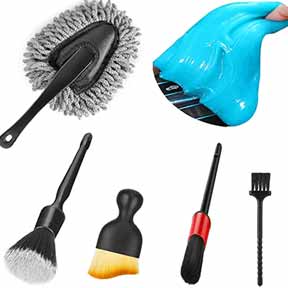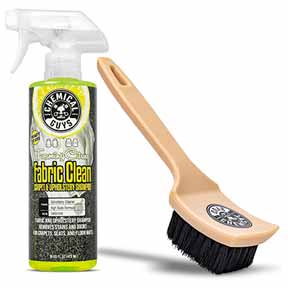Cleaning Suede
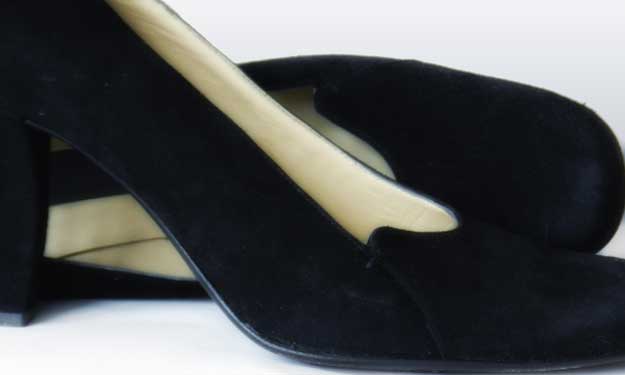
Cleaning Suede.
Tips to Clean Suede
Suede is beautiful, soft, and luxurious. Whether it’s a stylish handbag, a pair of boots, or a timeless coat, suede makes a statement. But many people shy away from buying suede because they worry about spills, stains, and how difficult it might be when it comes to cleaning suede! If that sounds like you, don’t hesitate anymore, go get that suede bag you’ve been eyeing or those gorgeous boots you’ve been dreaming about. The truth is, suede can be cleaned, and maintaining it is easier than you think. With the right care and a few simple tricks, you can keep your suede looking fresh and fabulous for years to come.Understanding Suede
Suede is a type of leather made from the underside of an animal hide, giving it its soft, velvety feel, known as the “nap.” This nap is what makes suede look and feel luxurious, but it also makes it prone to dirt, stains, and moisture. Because suede is more delicate than full-grain leather, it requires special care – but that doesn’t mean it’s impossible to clean. By following the right methods, you can keep your suede items looking as good as new.Protecting Suede: The Best First Step
Before we dive into cleaning suede, the best way to deal with stains is to prevent them in the first place.Waterproof & Stain-Proof Your Suede
- Many suede items come pre-treated with water or stain protection, but if yours isn’t, consider having it treated by a professional.
- You can also apply a suede protector spray at home. Follow the instructions carefully and let it dry before wearing your item.
Store Suede Properly
- Keep suede items in a cool, well-ventilated area to prevent mildew.
- Avoid plastic bags – suede needs to breathe. Instead, store items in cloth bags or pillowcases.
- Use boot trees for suede boots to help maintain their shape.
Cleaning Suede: Simple & Effective Methods
Use a Suede Brush to Refresh & Clean
- A suede brush is your best friend. Available at shoe stores, it helps remove dirt and revive the nap.
- For regular maintenance, gently brush your suede items even if there’s no visible stain – this keeps them looking fresh.
- If dealing with dry stains, use a soft suede brush first, then move up to a wire suede brush if needed.
Removing Fresh & Wet Stains
If you spill something on your suede, act fast!Wick the Stain Away
- If a liquid is spilled, don’t rub – this will push it deeper into the nap.
- Instead, grab a paper towel and hold an edge of it to the liquid. The paper towel will absorb the spill before it soaks in.
Blot to Remove Moisture
- If the stain is still wet, lay a clean paper towel over it and gently blot – never press hard.
- Once dry, use a suede brush to lift the nap back up.
Erase Stains with an Eraser
For dry marks or scuffs:- Use a rubber eraser or even a pencil eraser to rub out stains.
- Gently rub the affected area until the stain disappears.
- Brush the nap back up afterward with a suede brush.
Cleaning Suede with Cornmeal & Detergent (For Greasy Stains)
Grease stains, like body oil or food spills, can be tricky – but here’s a trick that works!- Apply a drop or two of clear liquid dish detergent (no colored or harsh soaps).
- Use a soft toothbrush to gently scrub the stain.
- Wipe away excess detergent with a damp cloth – do not soak the suede.
- When the suede is almost dry, gently rub dry cornmeal into the spot.
- Once fully dry, brush away the cornmeal with a suede brush – this helps restore the nap.
White Vinegar for Tough Stains
Vinegar is a gentle, natural cleaner that works on suede.- Dampen a clean cloth with white vinegar and blot the stain – don’t drench the suede.
- Let the suede air dry completely.
- Once dry, use a suede brush to restore the texture.
Removing Gum or Wax from Suede
If you accidentally get gum or wax on your suede, freezing can help:- Put ice cubes in a sealed plastic bag and place it on the gum or wax.
- Once frozen, gently pick off the hardened gum with your fingers or a dull knife.
- Use a suede brush to lift any remaining residue.
Ink Stain Quick Fix
If you get an ink stain, act fast:- Blot gently with a damp cloth to prevent the ink from setting.
- Avoid rubbing, as this can spread the ink.
- If the stain is still visible, professional cleaning is recommended.
Cleaning Suede Shoes & Boots
Shoes take the most wear and tear, so keeping suede shoes clean is key.- For general stains, use a cloth with white vinegar to wipe the surface.
- If stains are stubborn, lightly wet the entire shoe and let it air dry – this can help blend in stains.
- Once dry, always use a suede brush to restore the nap.
Keep Your Suede Looking New
Protect Suede Jackets from Body Oils
- Wear a scarf to prevent body oils from staining the collar.
- If you sweat easily, opt for collared shirts under suede jackets.
Keep Suede Away from Water
- Avoid wearing suede shoes or jackets in rainy weather.
- If suede gets wet, blot away excess moisture and let it air dry naturally.
Cleaning Suede Regularly
- Brush suede every few weeks, even if it doesn’t look dirty.
- Store suede items in a dust-free environment, away from direct sunlight.
Wear Your Suede with Confidence!
Suede may be a little more high-maintenance than other materials, but it’s worth it. Now that you know a little about cleaning suede and protecting it, there’s no reason to keep your suede hidden away in fear of stains! So go ahead – buy that suede handbag, rock those boots, and wear that gorgeous jacket. With the right care, your suede will stay stylish and stunning for years to come. Now you’re prepared to tackle stains, protect your items, and enjoy your suede worry-free!Car and Household Cleaners
